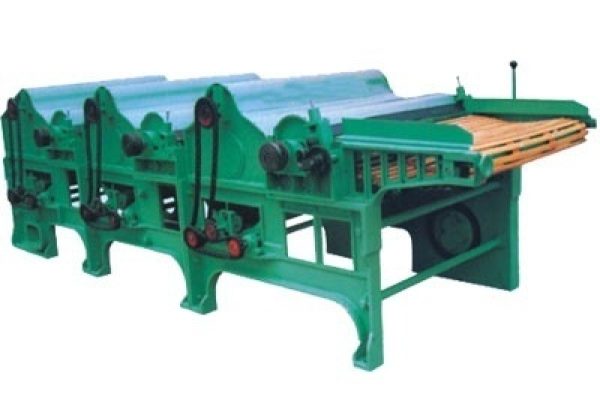Project Report For Scutching Machine
Introduction
Project Report for Scutching Machine is as follows.
The scutching machine is an important innovation in the textile industry. It is used to separate the fiber from the seed of the cotton plant. The introduction of the scutching machine in India had a significant impact on the country’s textile industry and economy. Scutching is a phase in the cotton processing or flax or hemp dressing process before spinning.
The scutching technique separates contaminants from raw materials, such as raw cotton seeds or straw and woody stems from flax strands. Scutching can be accomplished by hand or with a scutcher machine. Flax is hand scutched with a wooden scutching knife and a little iron scraper.
A scutching machine is a mechanical device used to process fiber crops. It separates the fiber from the unwanted plant material. It is an essential component of the fiber processing industry. The machine’s main components include a feed roller, a scutching cylinder, a beater, and a blower.
The scutching machine quickly became popular in India and had a significant impact on the textile industry. With the use of the machine, the production of cotton increased significantly. It became easier and faster to separate the fiber from the seed, which led to an increase in the amount of cotton produced.
The cotton is passed through a pair of rollers before being struck with iron or steel bars known as beaters on the scutching machine. The quickly spinning beaters strike the cotton strongly, knocking out the seeds. This is done over a set of parallel bars, allowing the seeds to fall through. At the same time, air is forced across the bars, carrying the cotton into a cotton chamber.

Uses Of Scutching Machine
Scutching machines can be used to process different types of fiber crops such as cotton, jute, wool, and flax. Scutching machines are textile equipment that open and untwist yarn or fabric from yarn spindles or looms so that it can be processed or treated further.
It normally consists of an opening device, an untwisting device, a tension control device, a gearbox device, and other elements that can be adjusted and regulated based on the yarn or fabric’s qualities. The textile, knitting, printing, and garment industries all make substantial use of the opening and twisting machine.
Scutching is a phase in the cotton processing or flax or hemp dressing process before spinning. The scutching technique separates contaminants from raw materials, such as raw cotton seeds or straw and woody stems from flax fibres.
A scutcher machine or a hand scutcher can be used for scutching. With the use of a small iron scraper and a wooden scutching knife, flax is manually scutched. Scutching flax produces waste woody materials known as shives, short, coarse fibres known as tow, and long, finer flax threads known as line.
Project Report Sample on
Scutching Machine
Get Completely Custom Bankable Project Report
Market Potential Of Scutching Machine
The worldwide textile market, which is expected to be worth USD 993.6 billion in 2021, is expected to grow at a CAGR of 4.0% between 2022 and 2030.
Scutching machines are textile instruments used to open and untwist yarn or fabric from yarn spindles or looms to facilitate further processing or treatment. It normally consists of an opening device, an untwisting device, a tension control device, a gearbox device, and other elements that can be adjusted and regulated based on the yarn or fabric’s qualities. The textile, knitting, printing, and garment industries all make substantial use of the opening and twisting machine.
Cotton, which dominated the worldwide textile market, accounted for more than 39% of total sales in 2021. Cotton is the most frequently used natural fibre in the world because to its excellent properties, which include tremendous strength, absorbency, and colour retention.
Cotton and items derived from cotton are mostly produced in China, India, and the United States. Chemicals are widely utilised in the textile industry as mercerizing agents, neutralizers, levelling agents, binders, thickeners, and stain removers even though they are harmful to human health and the environment. 13.3% of the market’s income in 2021 came from textiles made of wool.

